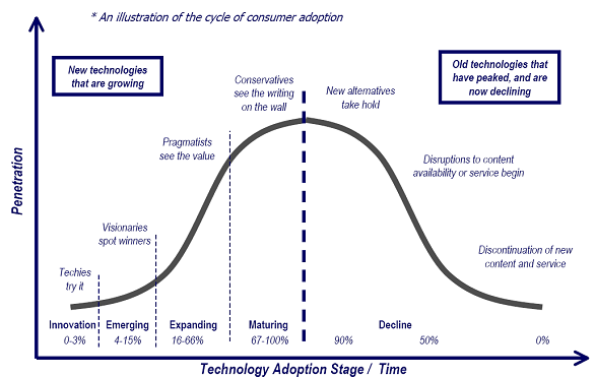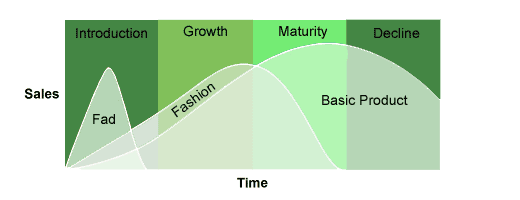
Road Network Operations
& Intelligent Transport Systems
A guide for practitioners!

Road Network Operations
& Intelligent Transport Systems
A guide for practitioners!
All organisations, whether they are commercial businesses, not for profit or government-based, have to plan for the future. If they do not they may not be serving the best interests of their shareholders and stakeholders. The crystal gazing they need to do is particularly difficult due to the speculative and apparently random nature of the real world events that impact on them. There have been many attempts at futures methodologies to deal with this type of problem. See Strategic Planning
Around the world, roads authorities and roads owners are increasingly acquiring new responsibilities to operate motorways and other major roads – over and above the traditional activities of construction and maintenance. As network operators they are in a position to influence and control how the strategic road network is used. In doing so, the operator must take account of a number of issues – requiring them to integrate wider policy objectives with current patterns of mobility and factors likely to influence future mobility. These may include social issues, new or emerging technologies, climate change, environmental sustainability, political and regulatory concerns, and macro-economic drivers. See Policy Framework Analysis
ITS has an important part to play in road network operations. Inevitably, the contribution that ITS can make is shaped – both now and in the future – by a number of dynamics that are beyond the control of the road authorities. This includes developments in communication technology (such as 4G cellular networks or bionic control – channelling brain waves), availability of data (crowd-sourcing, probe vehicles), emerging technology platforms (social media) and smart mobility (eco-mobility, connected vehicles, modal integration and seamless journeys). The key is to try to anticipate developments in technology and environmental, societal and economic challenges – to design systems that will meet future needs and requirements.
Two themes to consider when thinking about the future role of ITS in road network operations are the take-up of new technology and its lasting nature. Futures work needs to take into account the diffusion of new technology and evaluate emerging fads, fashions and products.
When looking at the future of technology, a key concept put forward by Everett M Rogers in his book The Diffusion of Innovation, is the adoption and market penetration bell curve – represented in the figure below.

The bell-curve illustrates the importance of visionaries who spot the winners and are early adopters of new technology. It also illustrates how technologies which are in widespread use may fall into decline because of successful market penetration of new technologies. ITS technologies span this curve. For instance the potential for digital mapping and global positioning applications is currently expanding rapidly (for example in automatic accident notification). In contrast long-established means of communicating with drivers, such as text-based roadside variable message signs, may soon be displaced by alternatives (roadside and in-vehicle graphic displays).
The innovation and emerging sections of the curve are normally the preserve of research projects. Typically, standardisation takes place as the curve starts to expand. Caution is needed when considering major long-term investment in technologies that may be in decline. This is where legacy issues around maintenance and modification of existing systems become difficult – as system components may no longer be available. An example is 20 year old analogue standards for wired communications to traffic signal installations – which may not be supported indefinitely. In contrast, some technologies and products can be revitalised, reconfigured and relaunched in the market capturing the public imagination. This effectively moves them back along the bell curve away from decline to achieve expanding value. An example in the transport sector is the updating and reinvention of the bicycle to meet niche markets including city bicycle-hire fleets supported by ITS back office systems. A strategy to reduce the risk of technological obsolescence in ITS systems and applications, is to design them using established open standards (so far as possible).
An issue when looking at future trends, is whether a new technology will last more than a short period of time. In the past, the market in ITS-based products and services was not heavily influenced by fads and fashions in consumer electronics. This has been changing with the fast pace of technological change and the development and promotion of branded products that capture the public imagination. What at first sight might appear to be a short lived market trend may turn out to have a major impact in terms of technology take-up. The challenge is to see beyond the latest fad or fashion and try to spot the technologies that are going to mature into long lasting products.
A good example of this is social media. When it started, social media was a way of contacting long-lost school friends and acquaintances and sharing information (for example, Friends Reunited). Initially it was thought of as a fad. However, it quickly became established with different players competing for market share and developing different aspects of a well-established market. One ITS application in this market is travel information, where social media has the potential to become the main method by which travellers receive real-time information about travel conditions and options and can provide feedback. When social media first appeared this would have been difficult to predict. The challenge for developers is to identify areas of opportunity - in whatever sector or market they exist – which could offer useful and attractive transport applications. Early candidates for investment need to be evaluated to assess their potential to become a well-established market or product over the lifecycle of a typical ITS project (10-15 years) as illustrated below for clothing and other consumer products.
